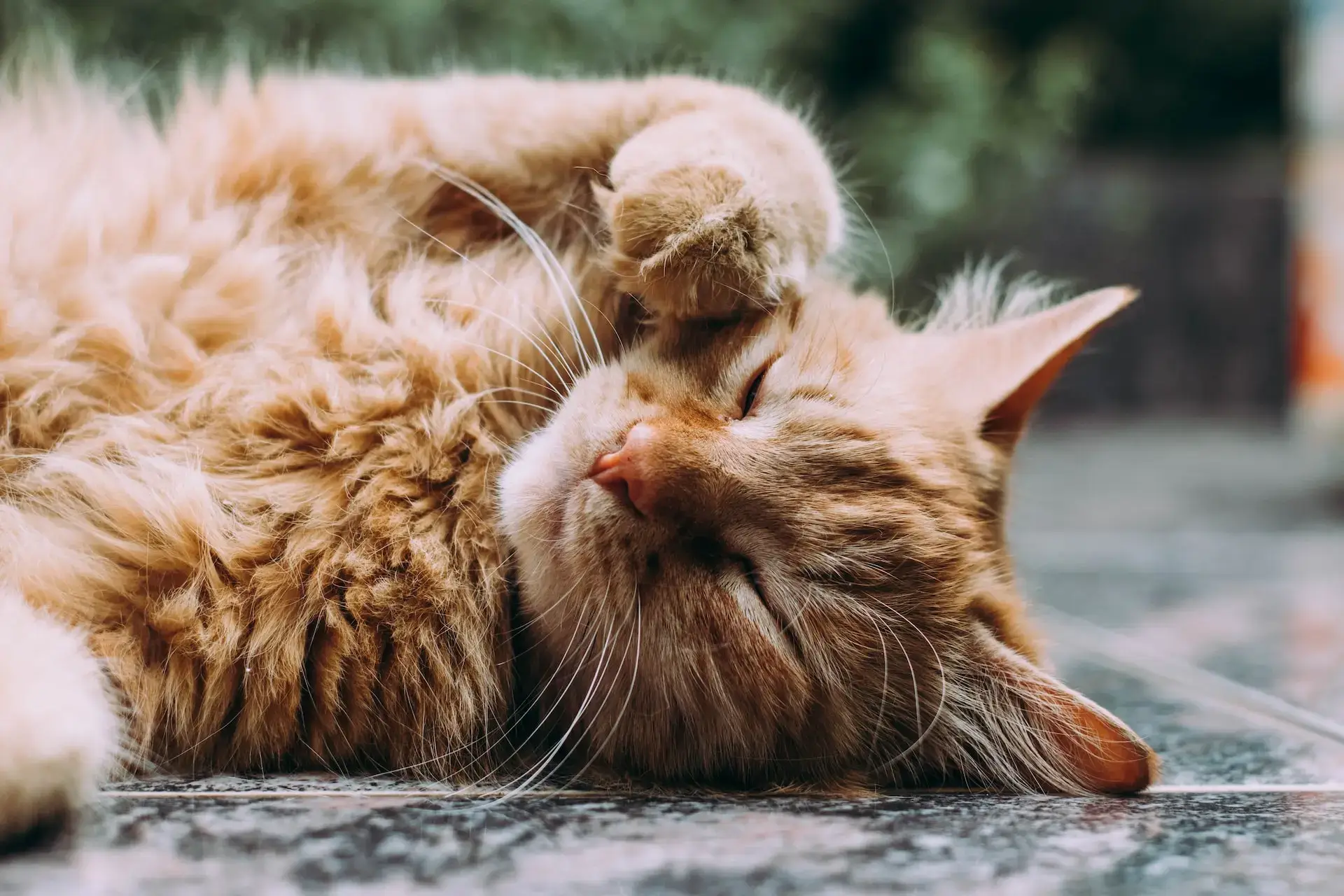Did you know that Mexico’s national dog is the Xoloitzcuintles? The proper pronunciation for the official breed name is show-low-eats-queen-tlee, but these cute pups are often commonly called the Xolo. A Rialto, CA vet discusses the Xolo below.
Basics
There are two main types of Xolos: hairless and coated. These pups also come in three sizes: toy, miniature, and standard. Fido can also wear a variety of colors, from brindle to pink and brown. One thing they all have in common? They’re super cute!
History
Xolos have been around for a very long time. In fact, unearthed dog skulls that match the Xolo’s size and features have been dated as 3300 years old. Columbus and other explorers even mentioned these ‘strange, hairless dogs’ in their journals. The ancient Aztecs named the breed after their fire god, Xolotl, who had a dog’s head. The word itzcuintli, which makes up the rest of Fido’s full name, is actually the Aztec word for dog. The Aztecs considered the Xolo to be sacred, and thought they had healing powers. They were often buried with their owners, so they could guide, serve, and protect them in the next world. They are still treasured in Mexico today.
Personality
Xolos are in many ways the perfect dog. Loyal, obedient, and calm, these pups form very strong bonds with their humans. They also tend to fall into the ‘happy medium’ sweet spot for many behavioral traits. For instance, they are playful and love to go on long walks, but they are pretty laid-back at home. They do act as watchdogs, but aren’t extremely vocal, and don’t usually bark for no reason. Just like any other dog, they do need structure. Fido’s daily doggy routine should include playtime and exercise, as well as some quality time with his humans.
Hairless Xolo
The hairless Xolo is a great choice for people who are allergic to pets, as well as anyone who just doesn’t want to deal with a lot of dog fur. It’s worth noting that they do have very sensitive skin. You will need to apply sunscreen to Fido when it’s hot. Hairless Xolos also need warm jackets when it’s cold, and often appreciate heated beds or thermal blankets. Ask your vet for specific care tips.
Our Advice on Meet Mexico’s Favorite Dog: The Xoloitzcuintles in 2024
What are the two main types of Xolos?
The Xoloitzcuintli, or Xolo, is distinguished by two main types: the hairless and the coated. The hairless variety, which is more widely recognized, showcases a smooth, skin-covered appearance without fur, making them a unique choice for those with allergies or aversions to shedding. On the other hand, the coated Xolo has a short, sleek fur coat requiring minimal grooming. Despite their differences in appearance, both types share the same loyal, intelligent, and affectionate temperament, making them cherished companions.
In what sizes do Xolos come?
Xoloitzcuintlis, commonly known as Xolos, is versatile in size, encompassing three distinct categories to suit various preferences and living situations. These sizes include the toy, miniature, and standard. The toy Xolo is the smallest, making it ideal for compact living spaces, while the miniature offers a middle ground for those seeking a moderately sized companion. The standard Xolo is the largest, providing a robust presence, and is suited for more spacious environments. Each size retains the breed’s hallmark traits of loyalty, intelligence, and an affectionate nature, making Xolos adaptable companions across their size spectrum.
What variety of colors can Xolos have?
Xoloitzcuintlis, affectionately known as Xolos, boasts a captivating array of colors that highlight their unique appearance. These colors range from the more common shades of black, dark gray, and bronze to striking hues of liver, red, and even a rare slate. The hairless variety can also exhibit skin tones that include pink to black, often with spots or patches, while the coated Xolos display their colors more uniformly across their fur. This diverse color palette not only adds to the aesthetic appeal of Xolos but also reflects this ancient breed’s rich heritage and cultural significance.
What are the watchdog capabilities of Xolos like?
Xoloitzcuintlis, or Xolos, possess natural watchdog abilities that are both effective and discerning. While not excessively vocal, Xolos are vigilant and attentive to their surroundings, making them excellent at detecting unfamiliar activity or presence. Their loyalty and strong bond with their family members drive them to protect their household. However, they do so with a balanced approach, typically alerting their owners to threats through barking or physical posture without resorting to unnecessary aggression. This measured protective instinct, intelligence, and calm demeanor make Xolos reliable guardians for their homes.
What special care do hairless Xolos require?
Hairless Xoloitzcuintlis, or Xolos, require specific care due to their unique skin. Without fur to protect them, their skin is susceptible to environmental factors. Sunscreen is essential during sunny weather to prevent sunburn, and moisturizing the skin can help avoid dryness or irritation. In colder climates, they need clothing or jackets to maintain warmth, as they lack the natural insulation provided by fur. Regular bathing and gentle skin care routines are essential to keep their skin clean and healthy. Adhering to these care guidelines ensures hairless Xolos remain comfortable and well-protected in various environments.
Do you have questions about caring for a xolo? Contact us, your Rialto, CA veterinary clinic, today!



